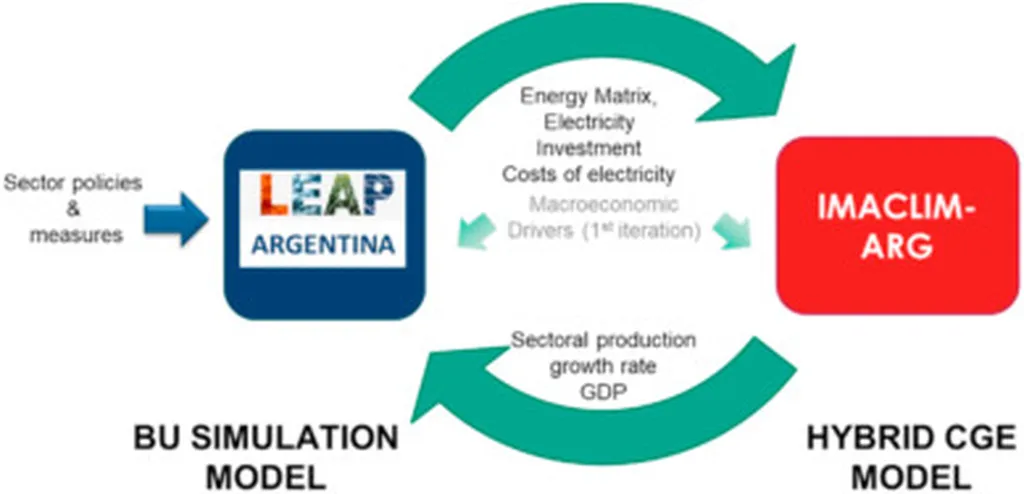In the quest to optimize catalytic processes, a team of researchers led by Dr. R.E. Ambrusi from the Instituto de Física del Sur (IFISUR) in Argentina has shed new light on the interactions between methyl formate and magnesium oxide (MgO) surfaces. Their study, published in the journal *Applied Surface Science Advances* (translated from English as “Advances in Surface Science”), could have significant implications for the energy sector, particularly in the development of more efficient catalytic processes.
Catalysis is a cornerstone of the energy industry, driving reactions that convert raw materials into valuable products. Understanding how molecules interact with catalytic surfaces is crucial for designing more effective catalysts. Dr. Ambrusi and his team used density functional theory (DFT) to investigate the adsorption mechanisms of methyl formate on the MgO (100) surface. Their findings reveal two stable configurations with nearly identical adsorption energies, approximately 0.47 eV.
“The first configuration involves the oxygen of the carbonyl group interacting with the magnesium top site, while the second involves the remaining ester group oxygen on the same site,” Dr. Ambrusi explained. “Each configuration interacts in different proportions through chemical and physical mechanisms, with varying bond participation.”
The researchers conducted a comprehensive study, incorporating energy calculations, density of states, and charge and density difference analyses. They also employed chemical descriptors such as overlap population and bond order to supplement their electronic results with a qualitative analysis of the main bonds.
“This systematic approach allows us to understand the nuances of these interactions,” Dr. Ambrusi noted. “By unraveling the intricate details of these adsorption mechanisms, we can pave the way for the design of more efficient catalysts.”
The implications of this research are far-reaching. In the energy sector, catalysts are used in a variety of processes, from refining petroleum to producing biofuels. A deeper understanding of how molecules interact with catalytic surfaces can lead to the development of more efficient and selective catalysts, ultimately reducing energy consumption and improving sustainability.
Dr. Ambrusi’s work is a testament to the power of theoretical research in driving practical advancements. As the energy sector continues to evolve, such insights will be invaluable in shaping the future of catalysis and beyond. The study, published in *Applied Surface Science Advances*, marks a significant step forward in this endeavor.

